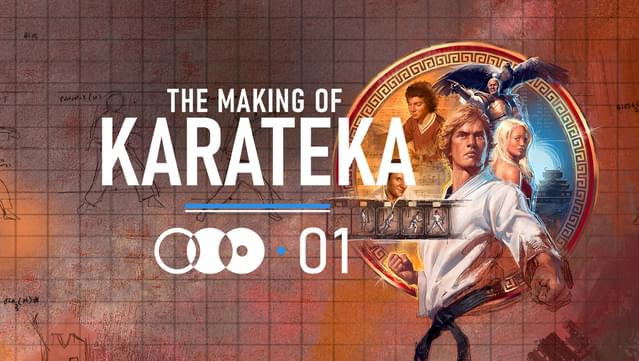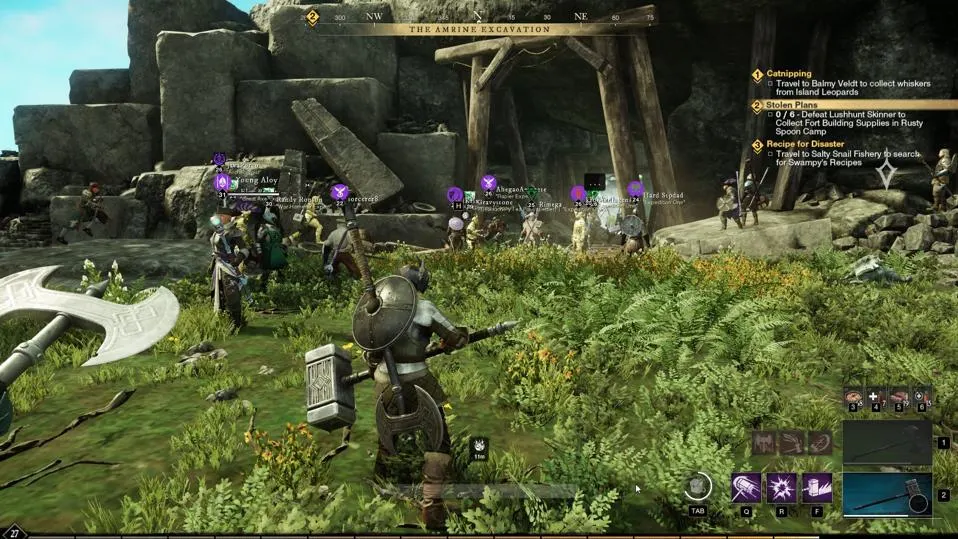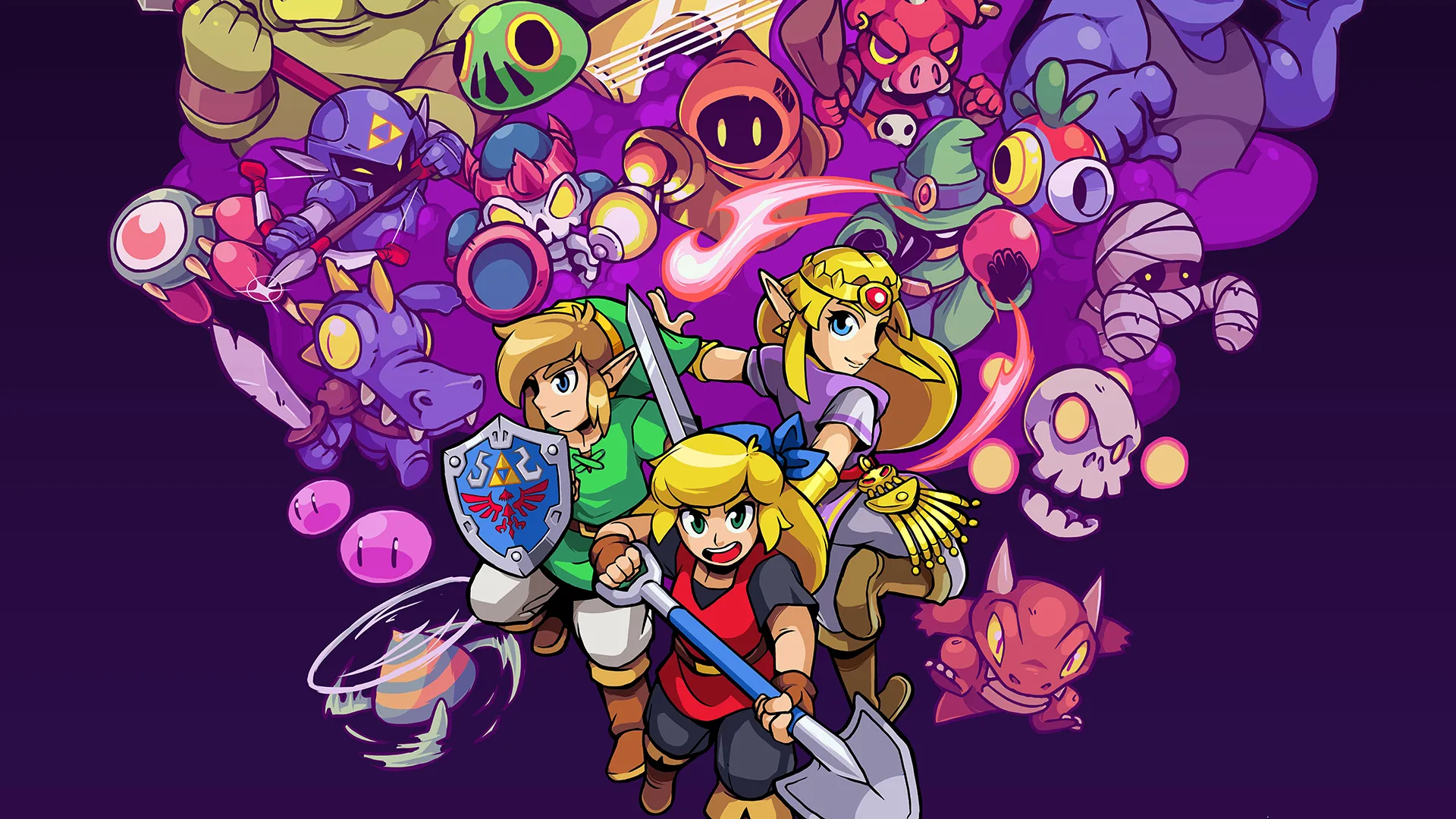Introduction
Karateka, a landmark title in the history of video games, is renowned for its innovative design and pioneering role in the beat-’em-up genre. This article explores the making of Karateka, examining its development, impact, and critical reception. Additionally, we address frequently asked questions to provide a comprehensive overview of this influential game.
The Development of Karateka: Origins and Innovation
Karateka, created by Jordan Mechner, stands as a groundbreaking title that pushed the boundaries of video game design in the early 1980s. The game’s development involved a unique blend of technical innovation and creative storytelling.
The Vision Behind Karateka: Jordan Mechner’s Creative Journey
Jordan Mechner, a young developer at the time, was the mastermind behind Karateka. His vision was to create a game that combined martial arts action with a compelling narrative, setting it apart from the simple, high-score-driven games of the era.
- Inspiration and Concept: Mechner was inspired by his interest in martial arts and classic kung fu films. His goal was to create a game that not only featured engaging combat but also told a story, a concept that was relatively novel at the time.
- Technical Challenges: Developing Karateka presented several technical challenges. Mechner utilized rotoscoping, a technique where live-action footage is traced to create realistic animations, to give the game’s characters a fluid and authentic appearance.
The Role of Rotoscoping in Karateka’s Animation
Rotoscoping was a revolutionary technique employed in Karateka to achieve lifelike animations. This process involved filming a live actor performing martial arts moves and then tracing the footage frame-by-frame to create the game’s character animations.
- Filming Process: Mechner and his team filmed a local martial artist performing various moves and techniques. These recordings were then meticulously traced to ensure that the animations in Karateka were both fluid and realistic.
- Impact on Gameplay: The use of rotoscoping in Karateka significantly enhanced the visual quality of the game, setting a new standard for animation in video games and influencing future titles.
The Development Team and Their Contributions
The development of Karateka was a collaborative effort, with contributions from several key individuals:
- Jordan Mechner: As the lead designer and programmer, Mechner was responsible for the game’s overall vision, programming, and animation.
- David P. K. and Michael P.: They assisted with the game’s sound design and additional programming.
- Other Contributors: Various artists and musicians played roles in creating the game’s soundtrack and graphical assets, adding to its immersive experience.
The Release and Reception of Karateka
Karateka was released in 1984 and quickly gained attention for its innovative approach to gameplay and storytelling. Its reception was a mix of praise and criticism, reflecting its impact on the gaming industry.
Initial Reviews and Critical Acclaim
Upon release, Karateka received praise for its groundbreaking animation and engaging gameplay. Some of the highlights from early reviews include:
- Innovative Animation: Critics lauded the use of rotoscoping, which provided a level of realism and fluidity that was unprecedented at the time.
- Storytelling: The game’s narrative, involving a heroic quest to rescue a princess, was a departure from the high-score-centric games of the era, offering players a more immersive experience.
- Gameplay Mechanics: The combat system, while simplistic by modern standards, was noted for its strategic depth and the need for precise timing and technique.
Player Reactions and Long-Term Impact
Karateka was well-received by players, who appreciated its novel approach and engaging gameplay. The game’s influence extended beyond its initial release:
- Cultural Impact: Karateka’s success helped pave the way for future narrative-driven games and demonstrated the potential for video games to offer more than just arcade challenges.
- Legacy: The game’s innovative use of animation and storytelling has been acknowledged in various retrospectives and remains a notable milestone in the history of video games.
The Making of Karateka Game Official Trailer by Creation and Legacy Review
Frequently Asked Questions (FAQ): About Karateka
Q1: What Platforms Was Karateka Released On?
A: Karateka was initially released for several platforms, including:
- Apple II: The game’s first release platform, where it gained significant popularity.
- Commodore 64: Another popular home computer platform of the time.
- Atari 8-bit: Also received a version, catering to Atari’s user base.
- Other Platforms: Later, Karateka was ported to other systems such as the Amiga, NES, and DOS computers.
Q2: How Did Karateka Influence Future Video Games?
A: Karateka had a significant impact on the development of future video games:
- Animation Techniques: The use of rotoscoping in Karateka influenced the animation techniques used in later games, contributing to the evolution of realistic character movements.
- Narrative Integration: The game’s focus on storytelling and character-driven gameplay helped pave the way for more narrative-focused titles in the gaming industry.
- Gameplay Mechanics: Karateka’s combat system, while simple, introduced concepts that would be expanded upon in future beat-’em-up and martial arts games.
Are There Any Modern Versions or Remakes of Karateka?
A: Yes, Karateka has seen several modern iterations:
- Remake: In 2012, Jordan Mechner himself oversaw a remake of Karateka, which updated the graphics and gameplay while retaining the original’s charm.
- Re-releases: The game has been re-released on various digital platforms, including modern consoles and PC, allowing a new generation of players to experience it.
Q1: How Long Does It Take to Complete Karateka?
A: The time required to complete Karateka depends on the player’s skill level:
- Average Completion Time: For most players, completing the game takes around 30 minutes to an hour.
- Completionist Goals: Achieving a perfect run or exploring all aspects of the game can extend playtime slightly, but Karateka is designed to be a relatively short but engaging experience.
Q1: What Are Some Notable Easter Eggs or Secrets in Karateka?
A: Karateka includes a few notable secrets and Easter eggs:
- Hidden Techniques: Players can discover hidden moves and techniques by experimenting with different button combinations.
- Game Endings: The game features different endings based on the player’s performance, encouraging replayability to see all possible outcomes.
Conclusion: The Enduring Legacy of Karateka
Karateka stands as a landmark title in the history of video games, known for its pioneering use of animation and its innovative approach to storytelling. Developed by Jordan Mechner, the game’s impact on the industry is still recognized today, influencing how video games approach narrative and character animation.
Despite its age, Karateka’s legacy endures, with modern re-releases and remakes introducing the game to new audiences. Its contribution to the evolution of video games makes it a significant milestone, reflecting the creativity and innovation that continue to drive the industry forward.



